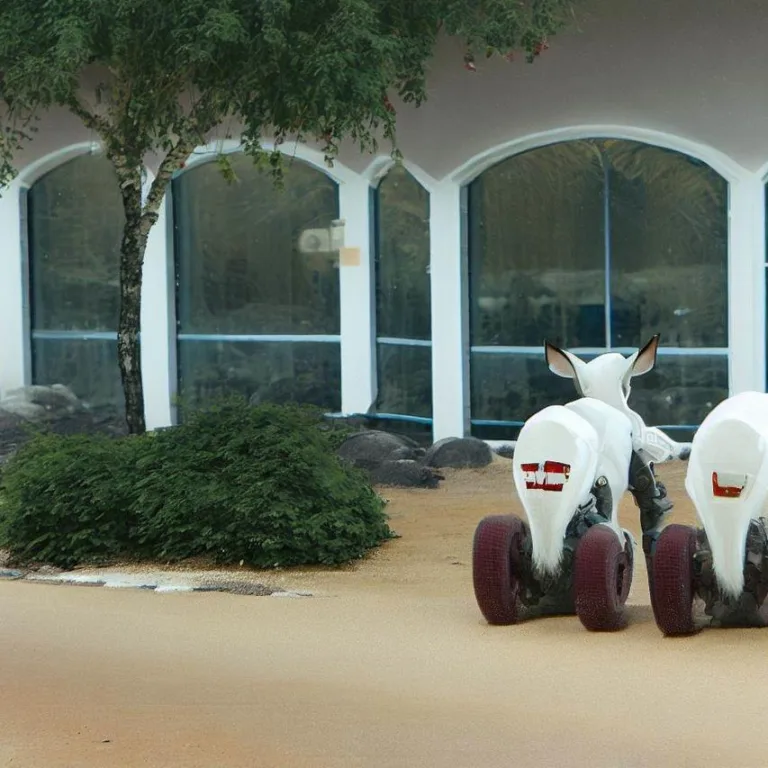Welcome to our comprehensive guide to the fascinating concept of the kibuc. If you’re curious about this unique communal lifestyle that combines modernity with tradition, you’ve come to the right place. In this article, we’ll delve into the origins, characteristics, benefits, and challenges of the kibuc lifestyle. Let’s explore how kibucim are shaping a new way of living.
The essence of kibuc
At its core, a kibuc is a cooperative community that originated in Israel. It’s a remarkable blend of shared living, agriculture, and social experimentation. The term „kibuc“ itself translates to „gathering“ or „collective“ in Hebrew, perfectly encapsulating the spirit of unity and collaboration that defines this lifestyle.
Rooted in the early 20th century, kibucim emerged as a response to various societal and political changes. They sought to create self-sustaining communities based on egalitarian principles, where work, resources, and responsibilities are shared collectively. These communities foster a sense of belonging and purpose, often embracing rural living and communal meals.
The modern kibuc experience
While the traditional kibucim were largely agrarian, modern kibucim have evolved to encompass a wider range of occupations and industries. Many contemporary kibucim have embraced technology and diversified their activities to include fields such as tech, arts, and eco-tourism. This evolution has allowed kibucim to maintain their core values while adapting to the changing times.
One of the key aspects of modern kibucim is the balance between communal and private spaces. Residents typically have their own homes or apartments while still participating in communal activities and decision-making processes. This blend of personal space and collective engagement creates a unique social fabric that enriches the lives of kibuc members.
Benefits and challenges
Kibucim offer a plethora of benefits. From shared responsibilities that lighten the load on individuals to a strong support system that fosters a sense of security and belonging, the advantages of living in a kibuc are multifaceted. The cooperative nature of these communities also promotes sustainable living practices, resource conservation, and reduced waste.
However, like any lifestyle, kibucim come with their own set of challenges. Balancing individual desires with collective decisions can be complex, and conflicts may arise. Moreover, the demands of communal work and shared responsibilities might not be suitable for everyone. It requires a willingness to compromise, communicate effectively, and adapt to the ebb and flow of communal life.
Frequently Asked Questions (FAQs)
Q: What’s the history of kibucim?
A: Kibucim originated in the early 20th century in Israel as cooperative agricultural communities.
Q: How do modern kibucim differ from traditional ones?
A: Modern kibucim have diversified beyond agriculture to include various industries and embrace technology.
Q: Is kibuc lifestyle suitable for everyone?
A: While kibucim offer many benefits, the lifestyle might not align with everyone’s preferences and needs.
Q: How do kibucim promote sustainability?
A: Kibucim encourage sustainable practices through shared resources and a focus on reducing waste.
Q: How do residents handle conflicts in kibucim?
A: Conflict resolution in kibucim involves open communication, compromise, and respecting communal values.
In conclusion, the kibuc lifestyle beautifully marries tradition with modernity, offering a unique way of living that promotes unity, sustainability, and shared experiences. Whether you’re drawn to the spirit of cooperation or intrigued by the blend of personal and communal spaces, kibucim provide a compelling alternative for those seeking a meaningful and interconnected way of life.
Viz také:






